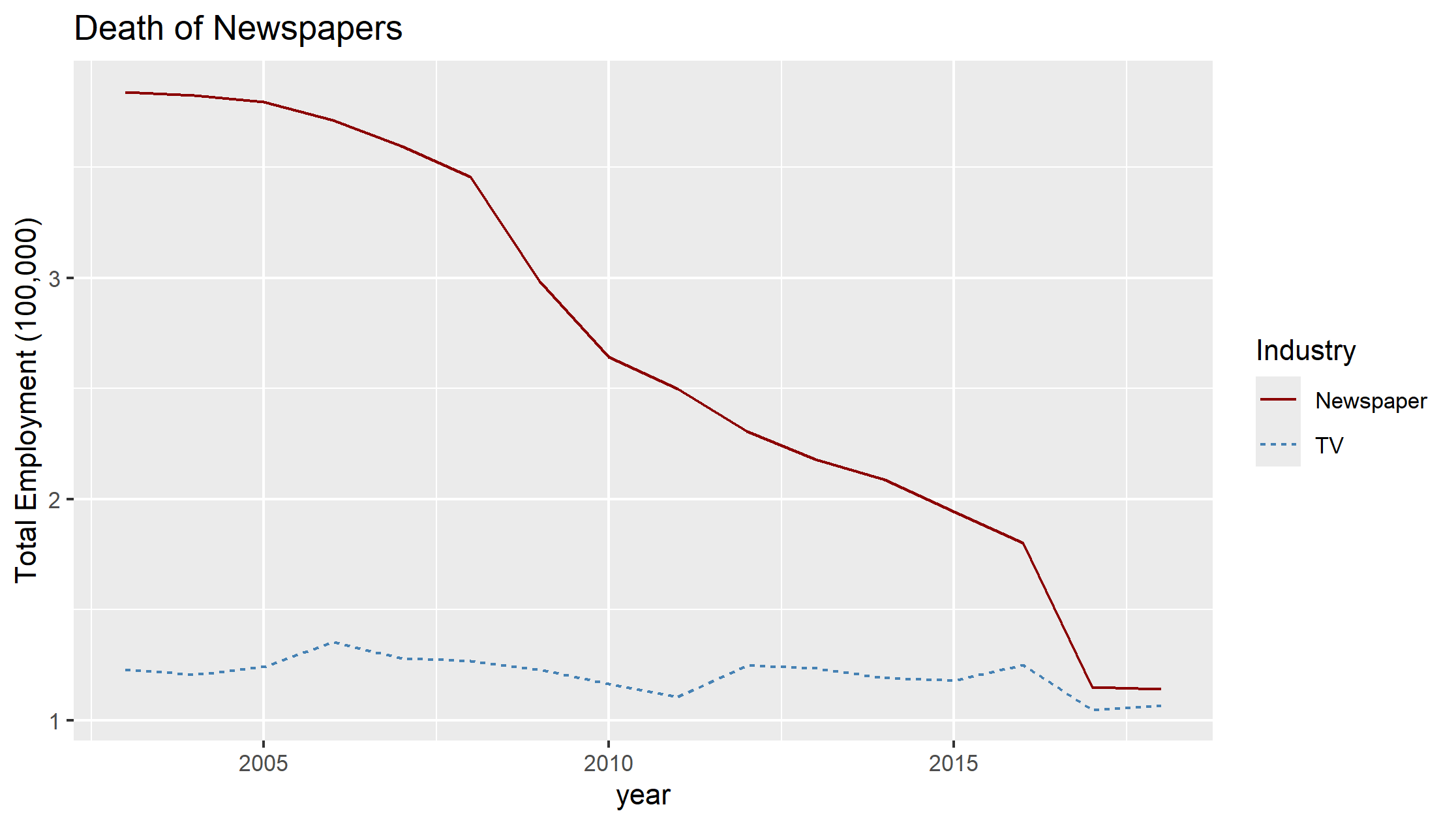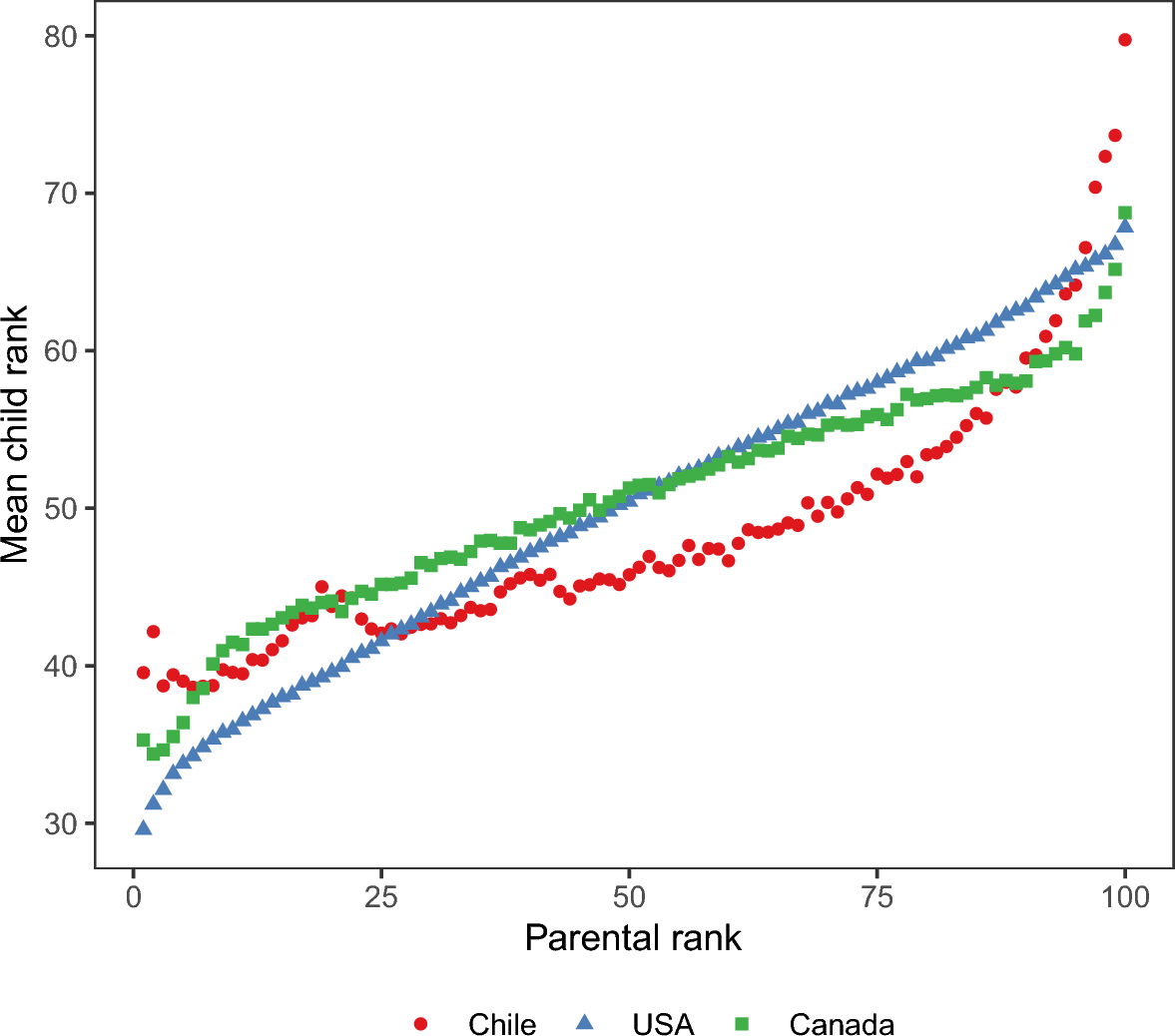Death of Newspapers
Published:

The Decline of Newspapers in the United States: A Changing Media Landscape
Over the past few decades, the number of newspapers in the United States has declined dramatically. Once the backbone of local journalism, many newspapers have either shut down completely or merged with larger media companies, leaving behind significant gaps in news coverage, particularly in small towns and rural areas.
The Numbers Tell the Story
According to research, the U.S. has lost over 2,500 newspapers since 2005. Many of these were local weekly papers that served as the primary source of information for their communities. While larger national newspapers like The New York Times and The Washington Post continue to thrive through digital subscriptions, many regional and local newspapers struggle to stay afloat.
Why Are Newspapers Disappearing?
Several factors have contributed to this decline:
Digital Transformation – The rise of digital media and social platforms has shifted how people consume news. Online sources, including news websites and social media, have become the go-to for breaking news, often for free, making it difficult for print newspapers to compete.
Declining Advertising Revenue – Traditionally, newspapers relied heavily on classified ads and local business advertisements. However, platforms like Craigslist, Google, and Facebook have taken over much of that market, leading to steep declines in revenue for print publications.
Changes in Reader Behavior – Fewer people, especially younger generations, subscribe to physical newspapers. Many prefer the convenience of digital news, which is often accessible on mobile devices and available around the clock.
Consolidation of Media Companies – Many independent newspapers have been bought by larger conglomerates, leading to layoffs and reduced local coverage as cost-cutting measures are implemented.
How Does this decline compare to other media.
In this post, we will use R and the County Business Patterns dataset to map total employment in the Newspaper and TV broadcasting industry.
We are in the middle of several executive order by the Trump administration that has made obtaining government data difficult. Therefore, we obtain the County Business Pattern data from the following webpage
http://fpeckert.me/cbp/ Fabian Eckert, Teresa C. Fort, Peter K. Schott, and Natalie J. Yang. “Imputing Missing Values in the US Census Bureau’s County Business Patterns.” NBER Working Paper #26632, 2021
The County Business Patterns dataset contains the number of employees by state, county, and industry code. The industry code used is known as the NAICS codes. These codes organize all of the different types of businesses in the US.
We will focus on two industries Newspaper Publishers (NAICS code = 511110) and TV broadcasting stations (NAICS code = 515120).
# We obtain the datda from the following website http://fpeckert.me/cbp/
# select the Panel with Harmonized 2012 NAICS Industry Codes
# NAICS code 511110: This code is for newspaper publishers.
# NAICS code 515120: this code is for TV broadcasting stations.
library(readr)
library(tidyverse)
# This is the full dataset
efsy_panel_naics <- read_csv("efsy_panel_naics.csv")
# Newspaper subset
newspapers<-efsy_panel_naics[efsy_panel_naics$naics12=="511110" & efsy_panel_naics$year>2002, ]
# TV subset
tv<-efsy_panel_naics[efsy_panel_naics$naics12==515120 & efsy_panel_naics$year>2002, ]
tv <- tv %>% group_by(year) %>% summarise(tot_emp = sum(emp))
tv$Industry <- "TV"
news <- newspapers %>% group_by(year) %>% summarise(tot_emp = sum(emp))
news$Industry <-"Newspaper"
dat <- rbind(news,tv)
# Creates a two line graph
ggplot(dat, aes(x = year, y = tot_emp/100000)) +
geom_line(aes(color = Industry, linetype = Industry)) +
scale_color_manual(values = c("darkred", "steelblue"))+ylab("Total Employment (100,000)")+labs(title = "Death of Newspapers?")

Dramatic Fall of Employment
We can see that dramatic fall in Newspapers Employment. Over this same time period, internet penetration increased from 67.9% to 97.1%. Competition from internet news media outlets has lead to a decrease in hard copy paper circulation. We include employment for TV Broadcasting companies to see if this is a general trend in media. TV employment has been relatively steady, although you will notice a dip in the most recent years.
There have been concerns that reducing the amount of news media available could have consequence on civil engagement. Further, the reduction of media outlets could limit the exposure of certain political ideologies.
In a series of papers about newspapers Gentzhow and Shapiro have found that newspaper entry and exit does affect voter turnout, but not voter ideology. Media slant is primarily a relection of the subscription base.
Update You can see a similar post looking at newspaper, periodical, and book publishers over the same time period. This one is sponsored by the FRED. Hat tip to Diego Mendez-Carbajo


